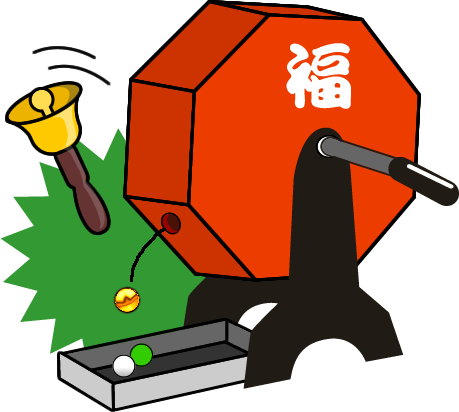Buy a copy of Gateway to Tokyo and be automatically entered into a drawing to win the full Gateway to Japan Digital Edition! Offer good until December 31, 2017.
Kaiseki originated four centuries ago as a light repast served during the tea ceremony. Its name comes from the word for the warm stones placed over the stomach to quell the hunger pangs of Zen acolytes. In keeping with tea philosophy, this meal “is a series of seasonal morsels, prepared simply, with careful distinctions between hot and cold dishes, appropriate vessels and visual appeal. The aim is to showcase the natural essence of the food. This chakaiseki (tea kaiseki) introduced an esthetic code to the cuisine of Japan.
We're pleased to announce that Gateway to Tokyo is now available on Kindle. This volume is adapted from Gateway to Japan, Digital Edition, with a focus on this great super-city. You can purchase it here.
Gateway to Tokyo is designed for the traveler who is visiting Tokyo, while the complete Gateway to Japan serves as a companion volume offering deeper insights into Japan’s history and culture, as well as in-depth information on travel throughout Japan.
The Japan National Tourism Organization (JNTO) has launched a free smartphone app that provides information on travel destinations, restaurants, train routes, free Wi-Fi spots, ATM locations, hospitals, and other useful tips to visitors. The app is available in English, Korean, and Chine
Farming villages were part of the landscape appreciated by poets and artists of old Japan. The romance of the road, however, was not for the hapless farmers, who under the authoritarian edicts of the Tokugawa shogunate (1601-1857) were not normally allowed to leave their farms and villages. This oppressive law helped preserve Japan's many distinct provincial subcultures. One of the special pleasures of traveling in the remoter parts of Japan is that each few hours of travel will reveal new crafts, a different, delicious regional cuisine and, among the elderly, a yet more incomprehensible dialect.
In mid-August, Japanese head for their hometowns to observe O-Bon, the festival of the dead. During the evenings, softly glowing lanterns fill the cemeteries, and in some regions people leave their doors open and prepare a special feast of vegetables for the returning souls. Bon Odori, hypnotic outdoor dancing, is performed everywhere. On the last night, the souls of the dead are guided by fire back to their proper realm. Flames are lit—from oil lanterns and candles to raging bonfires—and in many areas lanterns are set adrift on a body of water to guide the spirits back across the sea, creating a poetically beautiful spectacle.
Summer in Japan’s coastal and low-lying regions, including Tokyo and Kyoto, can be miserably hot and humid, but it is also an opportunity to experience the mind-over-matter tactics traditionally deployed by the Japanese to help make the season more bearable.
Morioka is one of the most appealing old castle towns in Japan. Though few buildings actually date to feudal times, Morioka's temples, merchant quarter, crafts, and traditions convey a powerful impression of the town's history. The people of Morioka have a flair for making the most of their town's provincial charm, turning old storehouses into restaurants and art galleries, and building lively, handsome museums, all of which make Morioka a good place for people who love traditional Japan.
Photo credit: Jason Hill, Creative Commons 2.0
In the 16th century, the lord of Hamamatsu castle decided to celebrate the birth of a healthy son by staging a kite battle. This evolved into one of our favorite festivals in Japan, Tako-Gassen, a battle of gigantic kites waged on the sand dunes of Hamamatsu. This seaside city is bypassed by tourists at other times of the year (unless one has business with Yamaha Corporation or a taste for unagi eel, raised in Hamana-ko, a large lagoon), but fortunately, the city is easy to visit, less than two hours from Tokyo on the Shinkansen bullet train.
Many are the places that claim to offer the best sakura viewing in Japan, but at the top of the heap is Yoshino, a remote mountain village whose slopes are covered with cherry trees. While the sight is glorious, Yoshino-zakura owe their fame as much to the melancholy legends associated with the place.











